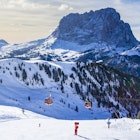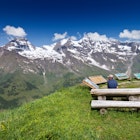
Jul 10, 2022 • 11 min read
If the residents of Munich look pleased with their lot, it’s little wonder. Not only is this cosmopolitan city a fantastic place to live, it also serves as a great base for exploring the nearby mountains and lakes, as well as other cities and countries. When you've had your fill of art collections, parks and rollicking beer halls, head a little farther afield for new cultural thrills and outdoor adventures.
Within an hour or so of the Bavarian capital, you hit the Alps, where hiking trails and cable cars scale cloud-shredding peaks and winter snowfall entices skiers. Alternatively, you can explore the history-rich cities of Augsburg or Ulm, or one of "Mad" King Ludwig’s palaces. Austria is also within easy reach, with glorious Salzburg just a short train ride away. Here are ten of the best day trips from Munich.
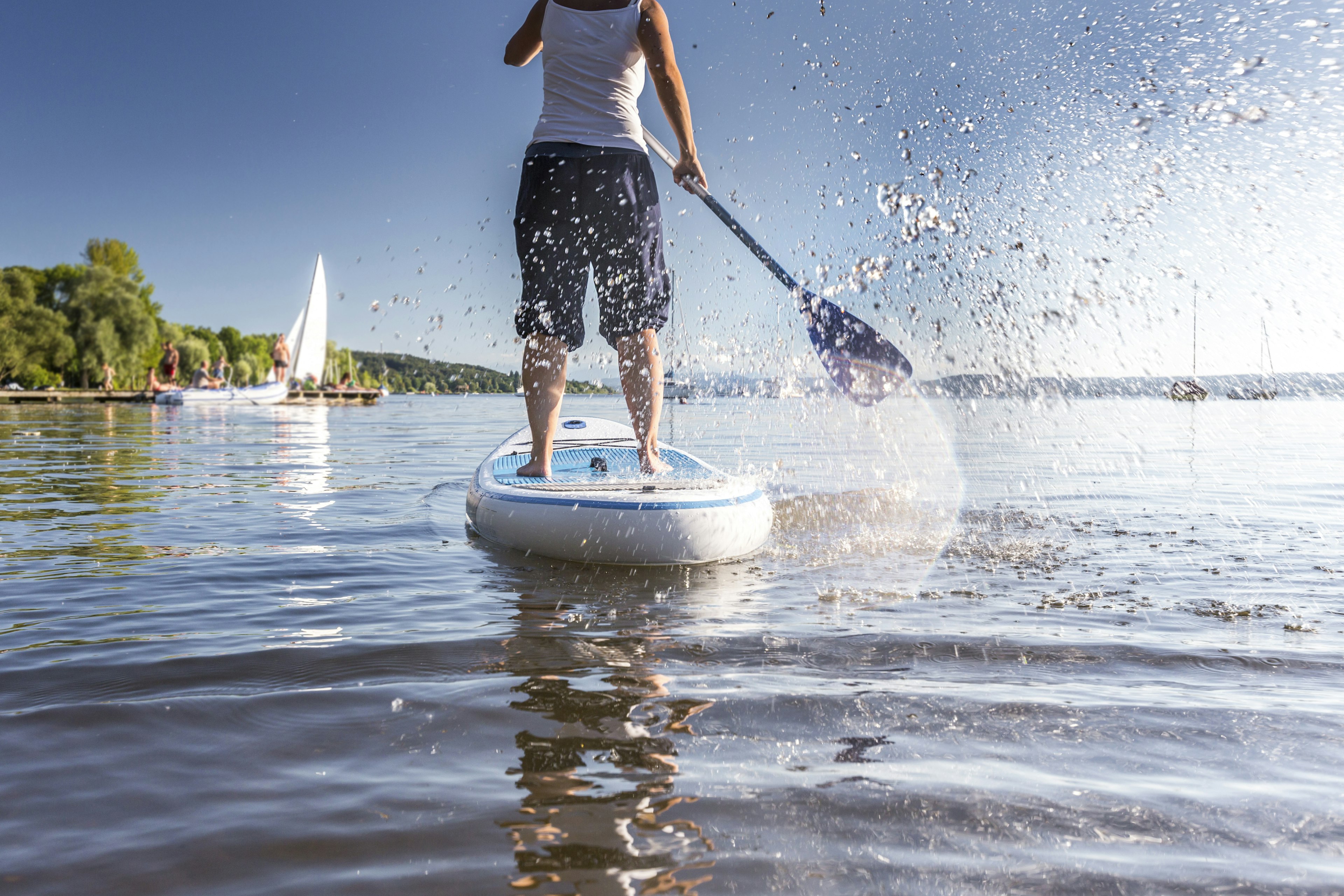
Travel time: 1 hour
This looking-glass lake offers heaven-on-earth mountain views – on warm summer days, it’s tempting to just hang out at the lakeside lido beaches, rent a boat or paddle along the shores, but there are some sights here too.
The big cultural deal on the lake is the riotously romantic and unashamedly opulent Schloss Herrenchiemsee, which Ludwig II ambitiously modeled on Versailles back in 1878. The lavishly frescoed, gilded and chandelier-lit Grosse Spiegelgalerie is longer than its Versailles counterpart at 98m (321ft) and elicits a chorus of "wows" from visitors.
How to get to Chiemsee from Munich: Prien am Chiemsee – the easiest access point – is an hour’s drive southeast of Munich via the A8. Trains depart frequently from Munich’s Hauptbahnhof, making the journey in an hour. To reach the palace, take the ferry from Prien-Stock to Herreninsel (it’s a 20-minute walk through pretty gardens from there).
Travel time: 30 minutes
Founded in 1959, this wildlife park is home to deer, racoons, wolves and wild boar, as well as a family of brown bears. A circular trail passes through the enclosures, from dense forest to open meadows, with several residents also sharing the footpath. Be sure to bring a few 50 cent coins to chuck into the animal-feed vending machines dotted across the park.
If visiting with kids, leave ample time to explore the huge play area about halfway round. There are rope courses, steep slides, water fountains, pirate ships and areas suitable for toddlers, as well as picnic tables dotted throughout – don’t be surprised if a peacock struts past as you’re enjoying your lunch.
How to reach Wildpark Poing from Munich: Public transport options are limited here, unless you are happy to walk around 2km (1.2 miles) from the nearest S-Bahn station (Poing). It takes about 30 minutes to drive there.
The best things to do with kids in Munich
Travel time: 30 minutes/1 hour (train/car)
If you fancy a breather from Munich but crave more culture and churches, Augsburg hits the mark. History is writ large across one of Germany’s oldest cities, founded by the stepchildren of Emperor Augustus (hence the name) some 2000 years ago, and made great and glorious by the medieval textile trade.
A city of spires and pretty gables, Augsburg is real eye candy on the Romantic Road, which meanders from the vineyards of Würzburg to the foothills of the Alps. The city’s Old Town revolves around the Rathausplatz, with its fountain honoring the Roman emperor and its 17th-century, twin onion dome-spired Rathaus, topped with an almost 4m-tall (13ft) pinecone (the city’s emblem). Note: much of the building is closed for renovation until 2026.
Factor in a trip to the alley-woven Fuggerei, too, Augsburg’s Catholic welfare settlement, where the rent remains frozen at 1 Rhenish guilder (€0.88) per year. You can also book tickets ahead for the Augsburger Puppenkiste, one of the world’s most fabled puppet theaters, that brings fairy tales to life.
How to get to Augsburg from Munich: Augsburg is an hour’s drive northwest of Munich via the A8 motorway. There are also frequent fast trains (ICE, EC) departing from the Hauptbahnhof. The journey takes roughly 30 minutes.
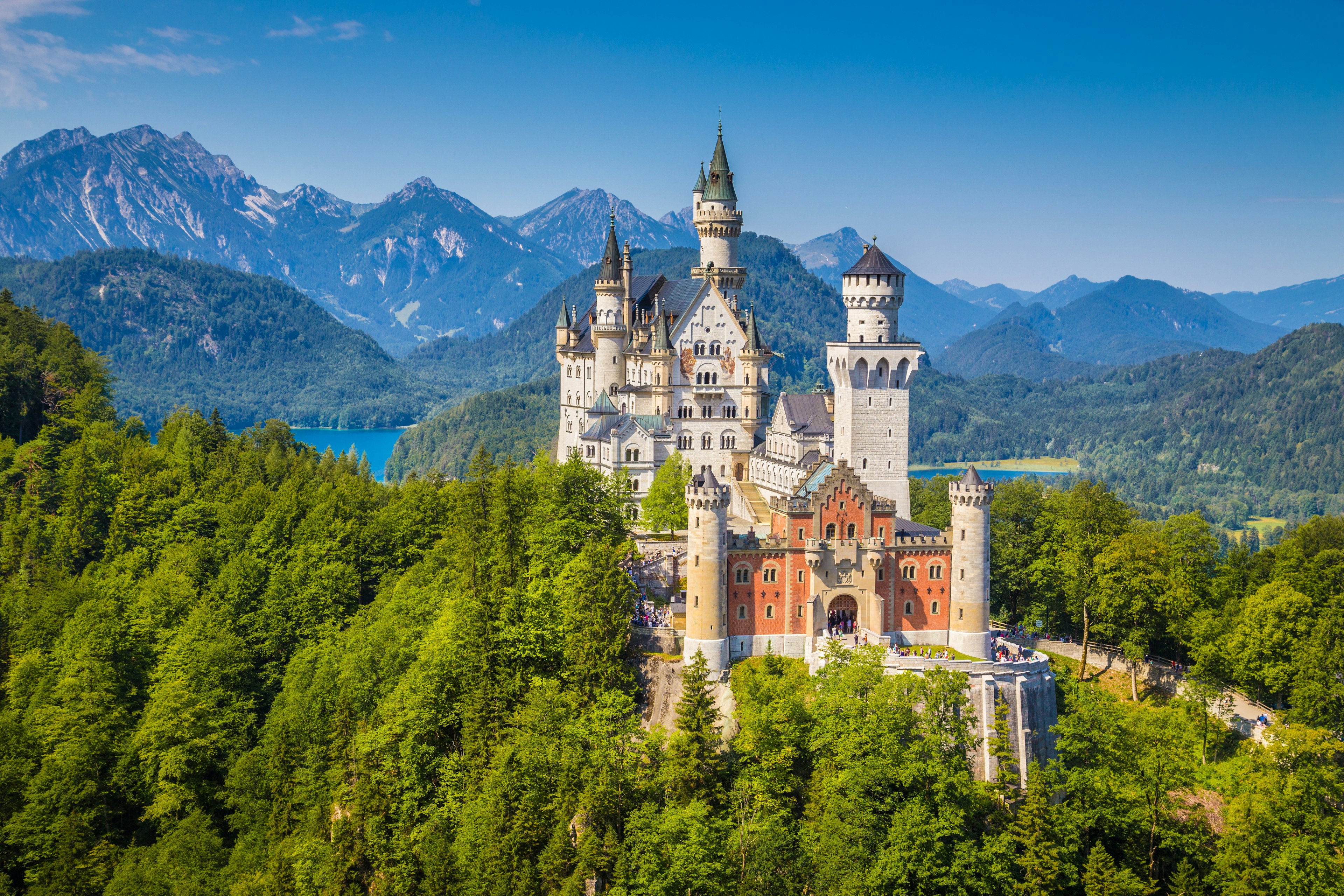
Travel time: 1 hour, 45 minutes
Part of the fun is getting your tongue in a twist pronouncing the name of this whimsically turreted 19th-century castle, with its beautiful backdrop of forests and the Alps. King Ludwig II loved to give free rein to his fertile imagination and nowhere more so than here in Schloss Neuschwanstein. Kids’ bedtime story stuff, the Schloss even inspired Walt Disney and made an appearance in the 1968 film Chitty Chitty Bang Bang.
With its interior bearing the hallmark of a stage designer (as opposed to an architect), the castle is more exuberant folly than fortress, with its gaudy grotto, Byzantine-style Thronsaal (Throne Room) and Sängersaal (Minstrels’ Hall) dancing with frescoes from Wagner’s opera Tannhäuser. In 2024, one of the most extensive restoration projects in the castle’s history will be completed, which included work to several rooms.
Allow time for the short walk to Marienbrücke, a bridge straddling the sheer-sided, waterfall-laced Pöllat Gorge, with knockout views of the castle perched high on its wooded crag.
How to get to Schloss Neuschwanstein from Munich: Get an early start to visit the castle from Munich in a day. The castle is a highly scenic one-and-three-quarter hour drive to the southwest. Or take the train to Füssen, from where it is an eight-minute bus ride to the castle.
17 of the best things to do in Germany
Travel time: One hour
Almost directly to the south of Munich, Tegernsee is a popular day trip for locals. You’ll find boat trips, water sports, and a public sauna overlooking the water here, as well as some top spots to eat and drink.
Stop at the lakeside brewery (full name: Herzoglich Bayerisches Brauhaus Tegernsee) for refreshing beers, warm hospitality and classic dishes, not to mention plenty of people in traditional clothing – felt hats with feathers included. Alternatively, for something a little more contemporary, try the stylish dining space at recently opened hotel blyb; the kitchen is run by the team behind Munich’s Michelin-starred restaurant Mural.
How to reach Tegernsee from Munich: Hourly trains to Tegernsee depart from the main station. Alternatively, you can get there by car via the A8, but beware of traffic when the weather is fine.
Travel time: 30 minutes
The concentration camp in Dachau was one of the first to exist, built by Heinrich Himmler to house political prisoners in March 1933. The sobering statistics show that more than 200,000 people were imprisoned here and at least 41,500 were killed. Today it is a hard-hitting memorial, known as KZ-Gedenkstätte Dachau, and serves as a poignant reminder of the atrocities of the Third Reich.
You’ll need at least a full morning or afternoon to fully absorb the exhibits (note that children may find them too disturbing). Harrowing displays include original photos of the camp, its guards and prisoners.
The visitors center is a logical starting point, with its tour-booking desk where you can pick up an audio guide. English tours depart at 11am and 1pm daily, and tickets should be purchased at least 30 minutes in advance. Note: Groups need to book well in advance.
How to get to Dachau from Munich: Dachau is a half-hour (30km/19 mile) drive north of Munich via the A99. Follow the signs to KZ-Gedenkstätte Dachau. Alternatively, there are very frequent regional trains (11 minutes) or S-Bahn trains (21 minutes) from Munich Hauptbahnhof. Change for bus 726 (direction Saubachsiedlung) to reach the site.
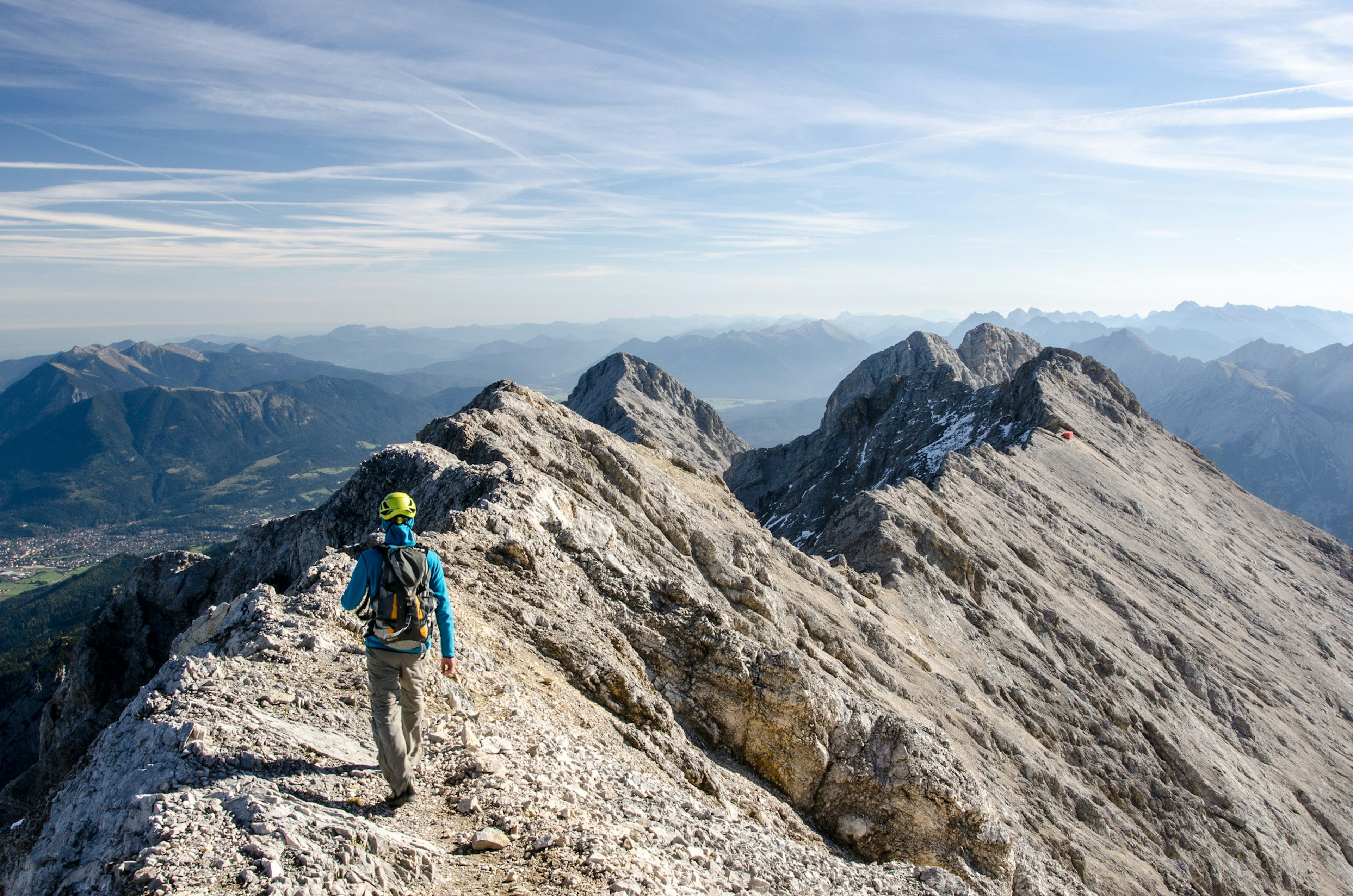
Travel time: 1 hour
Propelling you into the Bavarian Alps proper, this double-barreled resort snuggles up close to the Austrian border. Garmisch and Partenkirchen are actually two towns (twinned for the 1936 Winter Olympics), the latter being the most appealing of the two, with its pastel-daubed old-world charm.
Surrounding this hub, you’ll find mountainscapes that make your heart sing, whether you're schussing down slopes or hiking high in Alpine meadows. First up should be a ride up to Zugspitze, Germany’s highest mountain at 2962m (9718ft) above sea level. A cable car departs from nearby Eibsee and provides arresting views into four countries (Italy, Austria, Switzerland and Germany).
For more action, ramble through the 700m-long (2296ft) Partnachklamm gorge, with its steep sides, wild waterfalls, and roaring rapids. It’s about a 30-minute walk to the entrance from the parking lot at the Olympia Skistadion in Partenkirchen.
How to get to Garmisch-Partenkirchen from Munich: Garmisch-Partenkirchen is an hour’s drive south of Munich on the A95. You can also hop on one of the hourly trains from the Hauptbahnhof; the journey takes around an hour and a half. From Garmisch a cogwheel train chugs to Eibsee and the cable car.
Discover Germany on these 6 incredible hikes
Travel time: 2 hours
While doable as a day trip, the alpine dream that is Berchtesgaden is better savored on a long-weekend detour from Munich. Landscape-wise, it’s astounding, with jewel-colored lakes and rugged limestone mountains, among them the Watzmann (2713m/8900ft), Germany’s second-highest peak.
The Königssee, a fjord-like lake of dazzling jade green cradled by rocky mountain walls, is the scenic icing on the proverbial cake. Much of the area is protected by the Berchtesgaden National Park, a UNESCO Biosphere Reserve crisscrossed by some of Germany’s most exhilarating hiking trails. Away from the trails, the area has a more sinister aspect – the mountaintop Eagle’s Nest, a lodge built for Hitler on his 50th birthday, is a major dark-tourism destination. Despite its origins, the precipitous road to the top and the Alpine views rarely fail to impress.
If you have more time, you can cross over the border into Austria from here and head up to Salzburg – it’s only half an hour north by car.
How to get to Berchtesgaden from Munich: Berchtesgaden is roughly a two-hour drive southeast of Munich via the A8. The journey takes longer by train, with regional lines departing from Ostbahnhof.
Travel time: 1 hour, 30 minutes
One of Munich’s top art galleries, the Lenbachhaus has an extensive collection of works from the ground-breaking German expressionist group Der Blaue Reiter (the Blue Rider) formed in the city in 1911. More of their works can be found in a number of museums located in the nearby alpine foothills, a landscape which inspired their work.
Franz Marc spent childhood holidays and much of his creative life in and around the attractive village of Kochel am See, and it is here, above the lake, that you’ll find a museum with his name. The turn-of-the-century villa with a modern extensive is home to a large number pieces from artists such as Paul Klee and August Macke, as well as a diverse selection of drawings, watercolors, and sculptures from Marc himself. Don’t miss the views from the observation room on the second floor.
How to get to the Franz Marc Museum from Munich: Regional trains from Munich Hauptbahnhof to Kochel depart roughly every hour and take around 60 minutes. You can walk to the museum from the station or hop on the 9608 bus – there’s one an hour.
Travel time: 1 hour, 30 minutes
Under-the-radar Ulm deserves to be better feted, not least because this historic juggernaut of a city, the birthplace of physicist Albert Einstein, has sights you won’t see anywhere else: from the world’s most crooked house (as listed in the Guinness World Records) to the world’s oldest zoomorphic sculpture (aged 30,000 years).
Top billing naturally goes to the colossal Münster – and the world’s tallest cathedral steeple – lording above the Marktplatz, which took almost 500 years to build from when the first stone was laid in 1377. From here, dive into the warren of lanes leading to the Fischerviertel, the old fishers’ and tanners’ quarter, where half-timbered houses huddle along the channels of the Blau River, a tributary of the Danube.
If you’re on an Einstein mission, you won’t want to miss the rocket-snail fountain depicting the wild-haired genius, or the memorial marking the spot where he was born in 1879.
How to get to Ulm from Munich: Ulm is roughly an hour-and-a-half drive to the west of Munich via the A8 motorway. There are twice hourly trains (1¼ hours).


Jul 10, 2022 • 11 min read

Oct 31, 2024 • 11 min read


